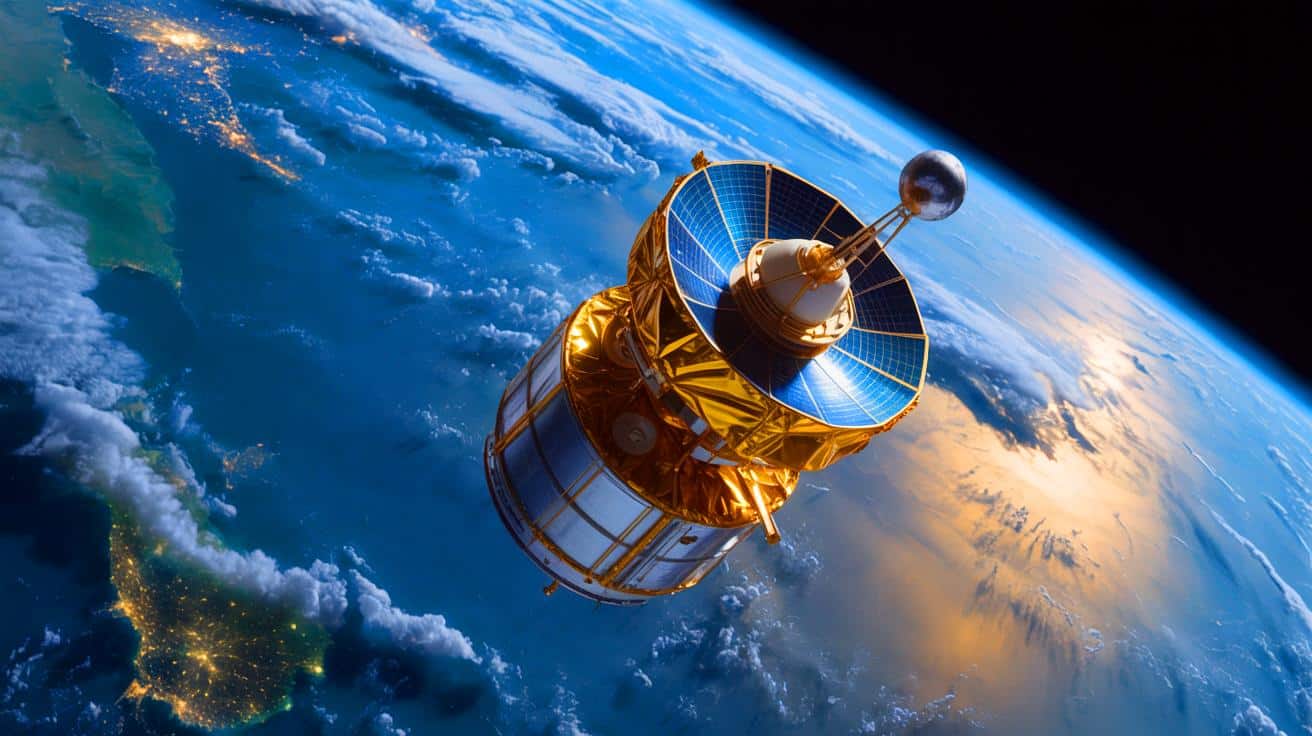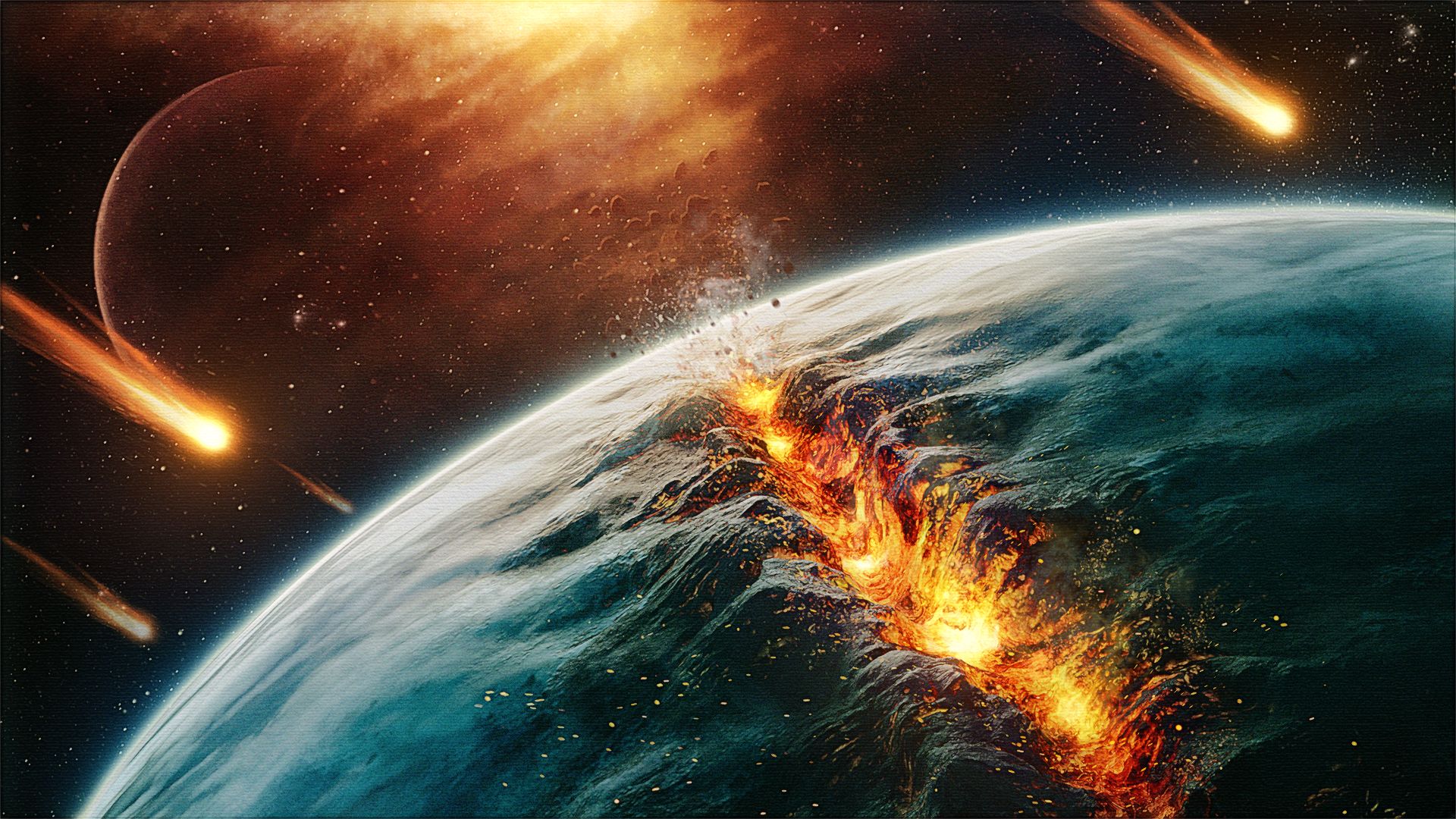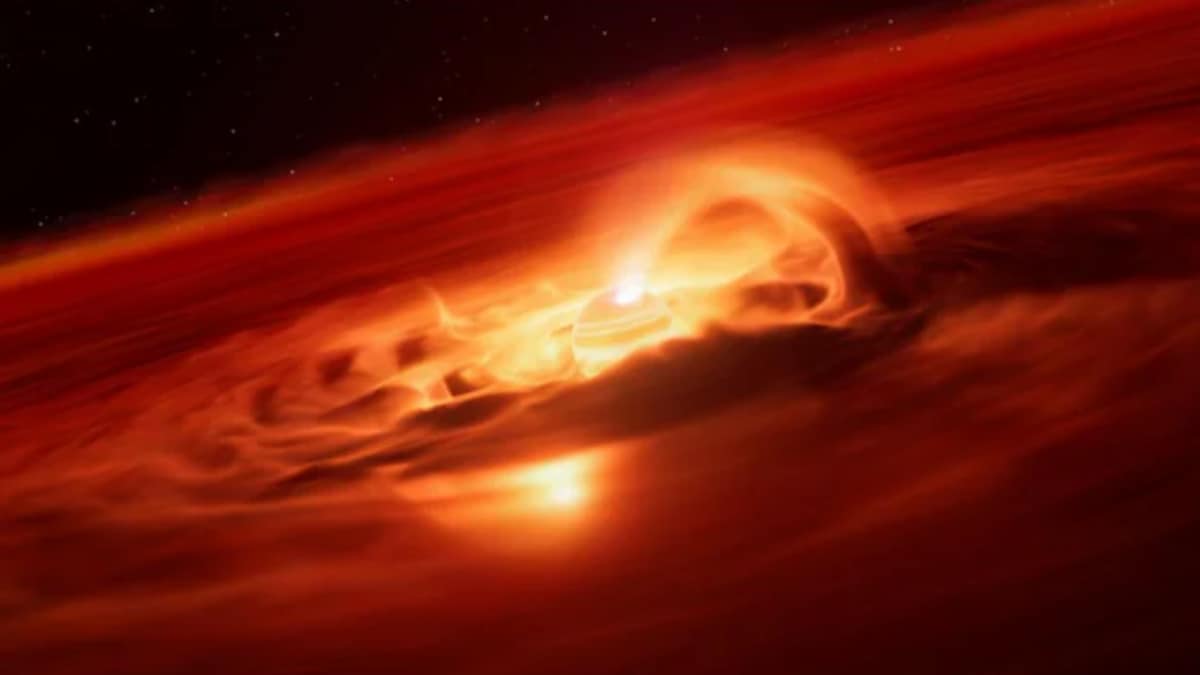Unbelievable Discovery: Rogue Planet Devours Six Billion Tonnes of Material Every Second!

Imagine a planet that doesn’t belong to any solar system, roaming the cosmos like a lone wolf, and growing at an astonishing rate! Astronomers have just uncovered that a rogue planet, named Cha 1107-7626, is experiencing an unprecedented growth spurt, gobbling up gas and dust at a jaw-dropping rate of six billion tonnes per second. This revelation, made possible by the European Southern Observatory’s Very Large Telescope, is shaking up our understanding of planetary development.
Located around 620 light-years away in the constellation Chamaeleon, this massive celestial body weighs in at five to ten times the mass of Jupiter. Unlike the familiar planets in our solar system, Cha 1107-7626 is a free-floating rogue planet that doesn’t orbit a star. Instead, it is still in the process of forming, continually fed by a surrounding disc of gas and dust, a phenomenon known as accretion. However, what makes this discovery so extraordinary is not just the rate at which it is absorbing material but the fact that it isn’t a steady flow—this young planet is ramping up its consumption!
“People might think of planets as quiet and stable, but our findings show these free-floating bodies can be incredibly dynamic,” says Víctor Almendros-Abad, the lead author of the study from the National Institute for Astrophysics in Italy. By August 2025, the rogue planet’s accretion rate skyrocketed to eight times faster than just months prior. Almendros-Abad called it “the strongest accretion episode ever recorded for a planetary-mass object”—a true cosmic spectacle!
This groundbreaking research, published on October 2 in The Astrophysical Journal Letters, utilized the X-shooter spectrograph on ESO’s VLT located in Chile’s Atacama Desert, along with data from the James Webb Space Telescope. This collaboration among international scientific powerhouses highlights the vast potential of modern astronomy.
The mystery surrounding rogue planets persists: are they formed from low-mass objects like stars, or are they giant planets that have been ejected from their birth systems? Co-author Aleks Scholz from the University of St Andrews notes that the process observed with Cha 1107-7626 hints at some rogue planets sharing a formation pathway similar to stars, given that bursts of accretion have been seen in young stars before.
Moreover, the team discovered that magnetic activity likely plays a pivotal role in this immense infall of mass—an occurrence previously only observed in stars. This suggests that even low-mass celestial objects can have powerful magnetic fields capable of facilitating such massive accretion events. The changing chemistry of the accretion disc is equally intriguing, with water vapor detected during the episode, a phenomenon never before recorded in a planet.
Free-floating planets are notoriously elusive due to their faintness, but the upcoming Extremely Large Telescope (ELT) will revolutionize our ability to detect them. With its cutting-edge technology, the ELT will allow astronomers to explore these solitary worlds further, offering insights into their star-like behaviors. As co-author Amelia Bayo aptly puts it, “the notion that a planetary object can act like a star is awe-inspiring, prompting us to ponder what extraordinary worlds exist beyond our own.”
The research team, a diverse assembly of experts from esteemed institutions across the globe, is poised to unveil more secrets of the universe, one rogue planet at a time.
























